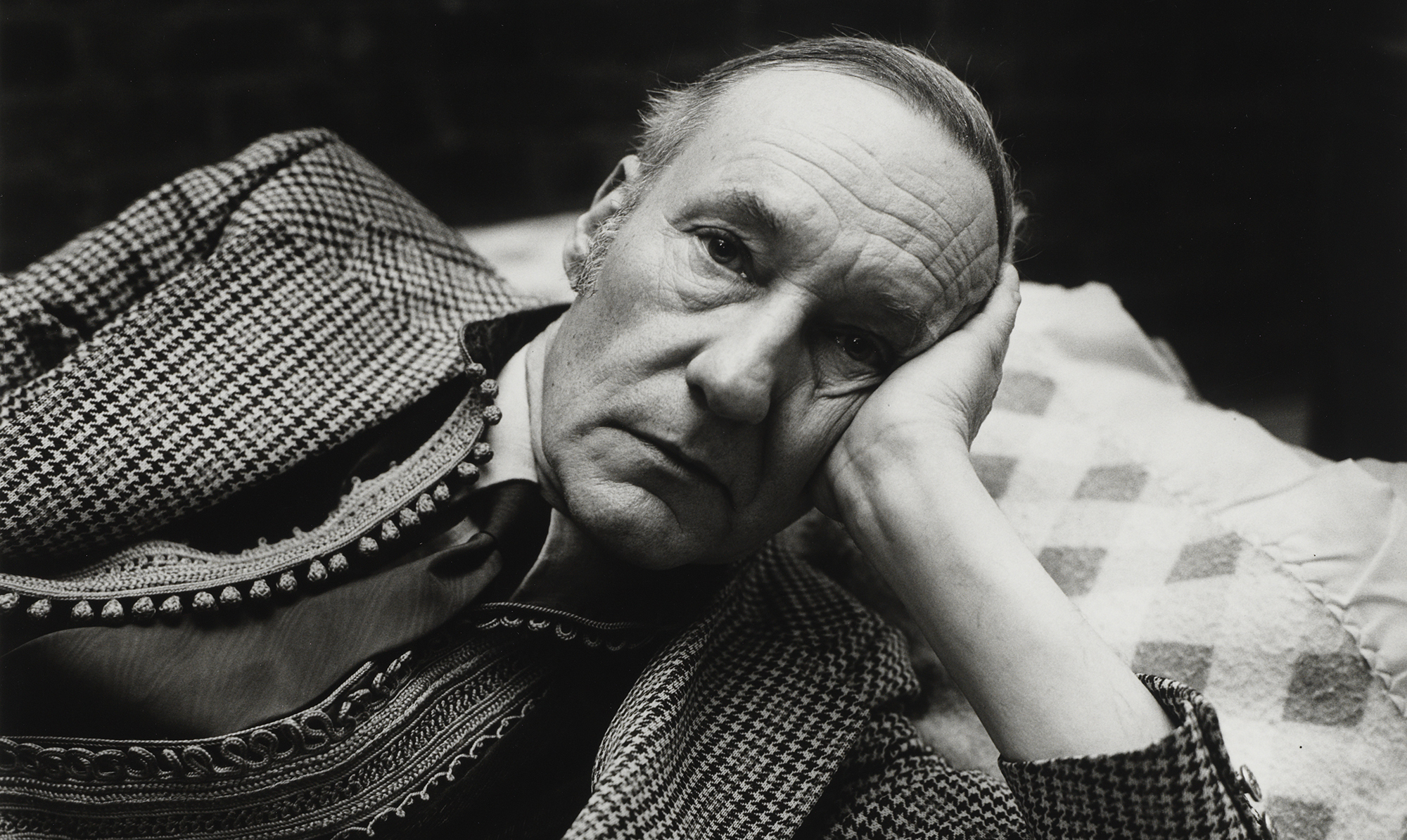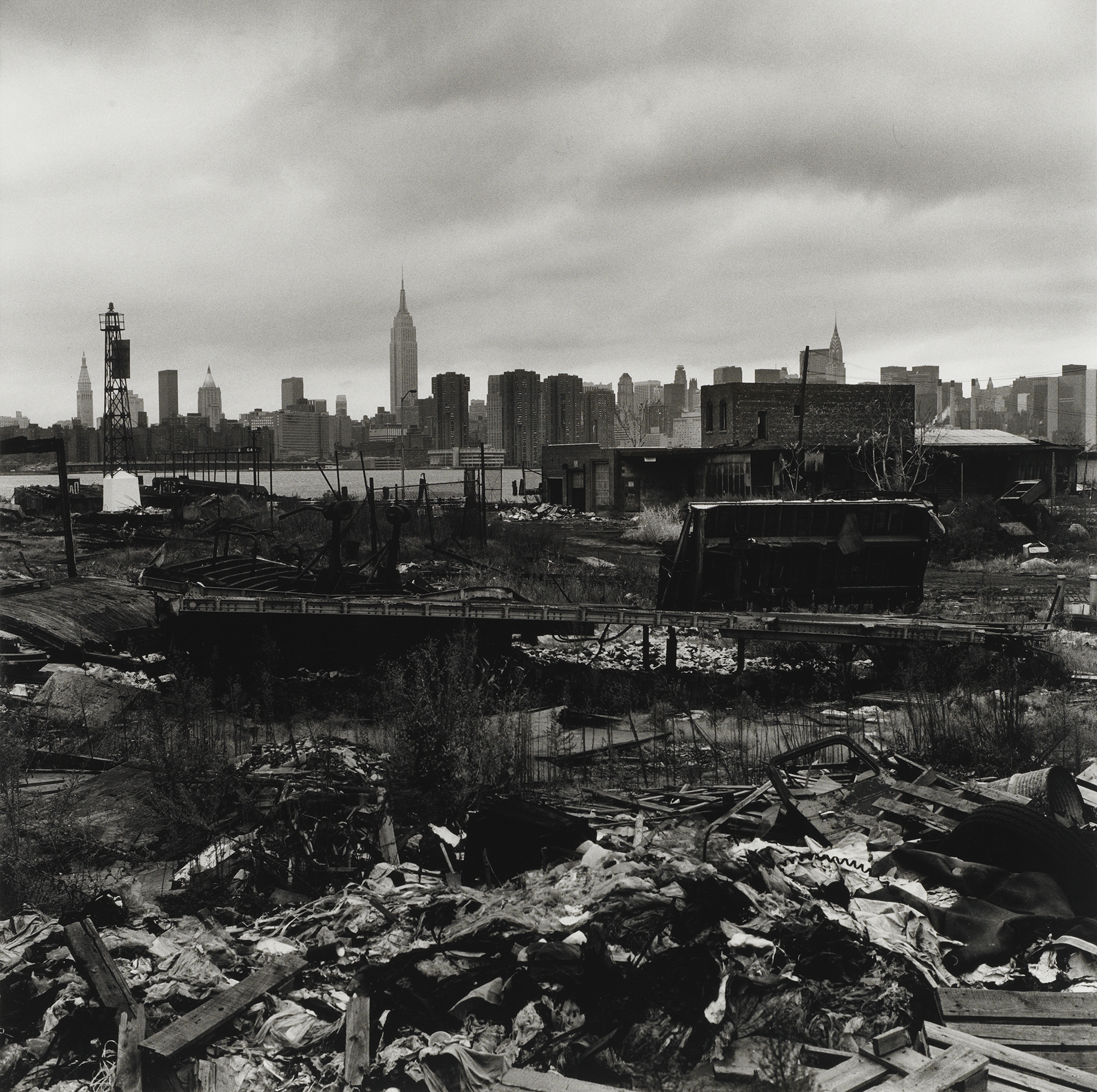I met Peter Hujar three or four times in the last year of his life, in 1987. I did not know he was ill, but he had been diagnosed with AIDS that year and died ten months later. I forget how I first learned about his remarkable work; probably someone told me about it because it was rarely exhibited. And certainly, his photos of masturbating men or close-ups of erect penises were rarely encountered in photography galleries and exhibitions. I was then in the process of curating an exhibition entitled Sexual Difference: Both Sides of the Camera for which I chose seven of his pictures, two of them currently on view at the Jeu de Paume’s exhibition Peter Hujar: Speed of Life1.
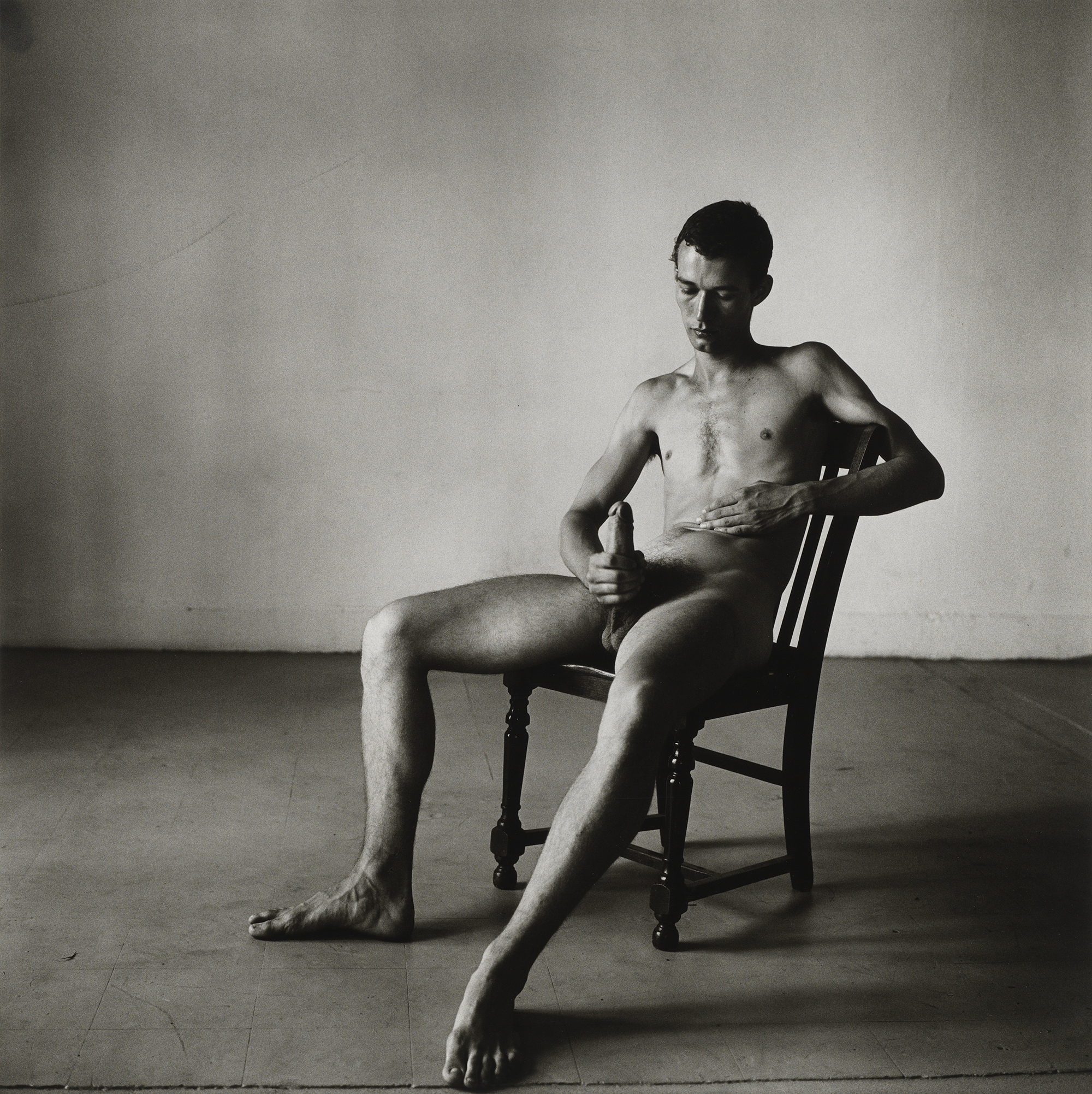
Peter Hujar, Bruce de Ste. Croix, 1976. The Morgan Library & Museum. Purchased on the Charina Endowment Fund. © Peter Hujar Archive, LLC, courtesy Pace/MacGill Gallery, New York and Fraenkel Gallery, San Francisco
I did not then, nor do I think now that a photographer’s sex or gender (or other racial, ethnic or individual attributes) can be read directly out of any picture. Which is not to deny that Hujar’s portraits of drag queens, transvestites, performers, hustlers, lovers and friends active in New York City’s downtown scene from the late 1960s and after testify to his insider position within this community. Many of them are now dead, a significant number from AIDS. The friends and lovers he photographed included visual artists (such as Paul Thek and David Wojnarowicz); the famous (e.g., Andy Warhol, Susan Sontag, William Burrows, Merce Cunningham), the “outrageous” (e.g., Divine, Ethyl Eichelberger, John Heys, John Waters) and the anonymous. But from the time he abandoned the world of commercial and fashion photography in the early 1970s, his subjects expanded to include animals, cityscapes, rural areas, and the waterfront piers that before AIDS, were a Mecca for gay cruising and sex.

Peter Hujar, William Burroughs, 1975, The Morgan Library & Museum. Purchased on the Charina Endowment Fund. © Peter Hujar Archive, LLC, courtesy Pace/MacGill Gallery, New York and Fraenkel Gallery, San Francisco
Consideration of both form and content together is how we define a “style”, but this is difficult to demonstrate when the medium is photography. But it is also an inadequate term with which to explain the affective qualities of these strange and beautiful pictures. Hujar made a number of self-portraits, often quite haunting ones, but seems not to have photographed himself in the company of his sitters. Most, but not all of these were photographed in his Spartan loft on Second Avenue that also housed his darkroom. Memoirs, interviews and other accounts of Peter’s life by those close to him often mention how difficult he was. In a professional context, and as Fran Lebowitz remarked at his funeral, “Peter Hujar has hung up on every important photography dealer in the Western world.”2 Others recall Hujar punching an art dealer in the face or threatening to smash a bar stool on the head of another. As a friend and as a lover, he was also prone to angry eruptions. But in my own brief visits with Hujar, he was unfailingly courteous and helpful. Knowing little about his work before our first meeting, when he first showed me dozens of his prints, I was stunned, not because of their manifest formal perfection but by their quality of austerity, their evocation of inwardness and interiority, and especially, their gravitas, a gravitas as much in evidence in his pictures of animals as in his human sitters. Of course, it is extremely difficult to describe photographic affect within the limits of written or spoken language because perceptions of affect are fundamentally subjective. But why, I wondered, as did others, was he so little known?

Peter Hujar, Portrait in White Tank Top, 1975, The Morgan Library & Museum. Purchased on the Charina Endowment Fund. © Peter Hujar Archive, LLC, courtesy Pace/MacGill Gallery, New York and Fraenkel Gallery, San Francisco
Glib comparisons to his younger contemporary Robert Mapplethorpe based on similar subject matter, such as male nudes or genitalia, or by reference to the technical excellence of their prints are entirely specious (Hujar did his own printing, Mapplethorpe did not). Mapplethorpe’s career was nurtured and promoted by the wealthy and influential Sam Wagstaff. Hujar had no such support, and in the last year of his life was literally penniless. The racial and sexual fetishism that characterize much of Mapplethorpe’s work no less than its studied glamour is entirely absent from Hujar’s, who witheringly characterized Mapplethorpe as “the Baron de Mayer of the 80s.”3 Indeed, Hujar’s artistic life was a determined flight from the conventions of advertising and especially fashion photography. Perhaps this was why he was so fascinated by drag and travesty, masquerades that insert scare quotes around media-generated notions of beauty and allure. And for all the “classical” elements manifest in Hujar’s pictures, including their poise, compositional balance and sobriety, as Stephen Koch justly observes “This is a classicism that has stared into hell.” By which I doubt he means that lower Manhattan was hellish because of its poverty, squalor, drugs, and crime, let alone its sexual subcultures. Rather, he suggests that Hujar’s approach to his work had been distilled through his personal demons (beginning with a painful childhood), his rejection of careerism and his failure to be recognized as the artist he knew he was. In this respect, even his most carnivalesque or sexually explicit subjects are suffused with a melancholy that make them truly momento mori, a quality that Susan Sontag, the first to write at any length about his work, immediately recognized in his pictures.4
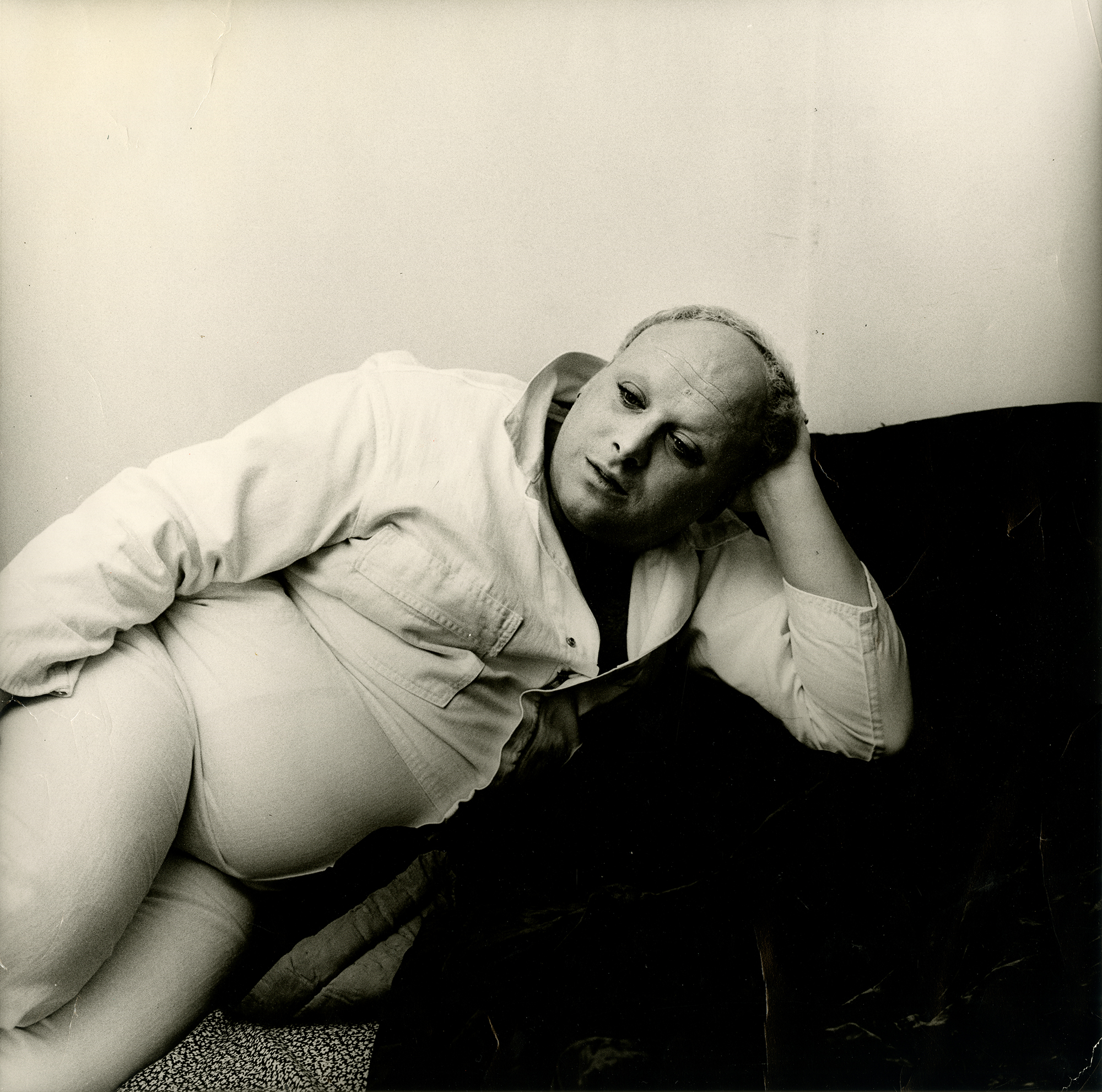
Peter Hujar, Divine, 1975
© 1987 The Peter Hujar Archive LLC; Courtesy Pace/MacGill Gallery, New York and Fraenkel Gallery, San Francisco
Consider, for example, his photograph of Divine (Harris Glenn Milstead), featured in many of John Waters’ delirious films from the 1960s until his death in 1988. Actor, singer, and drag queen, Divine was a paradigm of camp sensibility, and an icon of gay culture. Photographed in mufti on Hujar’s couch, he has the introspective and introverted look shared by many of Hujar’s other sitters, frequently depicted supine or reclining. (There exists another portrait of Divine smiling, and Hujar’s preference for the former print indicates something about what he sought in his portraits). Far from his antic public and artistic persona, Divine is represented (or represents himself; in Hujar’s pictures, this is always ambiguous) as a Tiresias-like creature, the blinded seer who lived seven years as a woman.
At the time of his death, Hujar reportedly possessed only two cameras. The one he used consistently was a twin lens reflex camera in which the photographer looks down at the lens at the reversed image at what is before him. It produces square rather than rectangular prints, and often, especially in the photos made in his loft, Hujar used a tripod, another brake to spontaneity, implying a consistent, perhaps principled refusal of the instantané.5 Which is only to say that the cameras he employed had determinations on both sides of the lens. The sitters did not see Hujar looking at them, although this is not evident in the prints, where the subject appears to be addressing the viewer and thus the photographer. The twin lens reflex is not a rapid form for making an exposure (although rapid enough to register Chloe Finch’s bouncing ball).

Peter Hujar, Chloe Finch, 1981, The Morgan Library & Museum. Purchased on the Charina Endowment Fund. © Peter Hujar Archive, LLC, courtesy Pace/MacGill Gallery, New York and Fraenkel Gallery, San Francisco
Rejecting the aesthetics of instantaneity (aka, the “snapshot aesthetic,” much favored by photography curators in the 1970s and 80s), Hujar’s portrait practice was in a certain way closer to Felix Nadar’s portraits of the 1850s than to most of his contemporaries. But there is as least a trace of another influence (although not strictly speaking a resemblance) between Avedon’s non-commissioned portraits of the 1960s and certain made by Hujar.6 These portraits, especially those Avedon produced on his own initiative, were of those who meant something to him, either as tokens of friendship (for example, James Baldwin, Robert Frank) or of blood ties (for example, the series of his father Jacob); symbols of state and political power, often malign (Henry Kissinger) or representative of contemporary culture, high and low. And while Avedon’s subjects were photographed in his professional studio, with its many assistants, backdrops of seamless, and sophisticated lighting, Hujar’s were shot in the intimacy of his loft and were based on friendship and/or sexual relationships. But Avedon’s own statements about the act of photographic portraiture resonate with certain aspects of Hujar’s approach: “Because portraiture is performance, like any performance, it is the balance of its effects good or bad, not natural or unnatural. I can understand being troubled by this idea – that all portraits are performances –because it seems to imply some kind of lie that conceals the real truth about the sitter. But that’s not all. It goes much further than that. The fact is that you can never get at the thing itself, the real nature of the sitter, by stripping away the surface. I mean this quite literally. The surface is all you’ve got.” 7. Literal proximity and unbridgeable distance and absence – these are, after all, the givens of portraiture, and neither photographer seem to have endorsed the notion that there exists a singular “truth” of the subject revealed by the photograph.

Peter Hujar, Canal Street Pier, 1983, The Morgan Library & Museum. Purchased on the Charina Endowment Fund. © Peter Hujar Archive, LLC, courtesy Pace/MacGill Gallery, New York and Fraenkel Gallery, San Francisco
In the conventions governing an essay on an individual artist, biography as well as considerations of the artists’ subjectivity, sensibility, and aesthetics are generally the dominant concerns. But with respect to Hujar in particular, and all artistic production in general, it is important to take account of the collective dimensions of all cultural expression. The time, the place and the milieu that formed the basis of Hujar’s art is embedded in and intersected by plural histories; that of downtown NYC, a city in economic crisis that nonetheless offered cheap housing for artists and performers, post-Stonewall gay culture in all its physical and cultural manifestations, and a burgeoning photography market that would soon create art stars, casting others – living and dead – into oblivion. Twinning Hujar with Mapplethorpe reveals the arbitrary – almost accidental – nature of artistic fame, glory, and reputation which is only notionally a meritocracy, as feminist art history has consistently demonstrated.
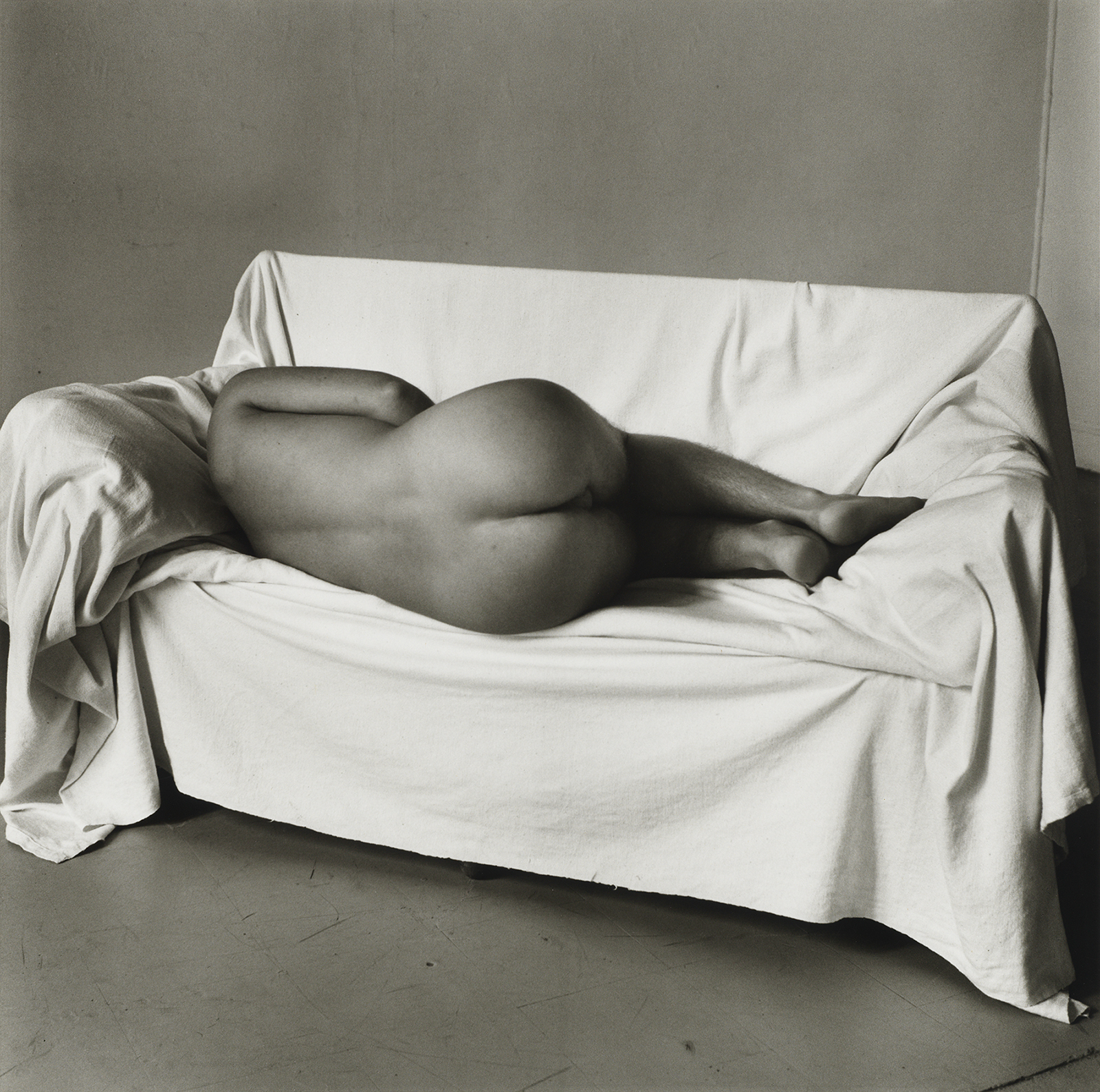
Peter Hujar, Reclining Nude on Couch, 1978, gelatin-silver print, The Morgan Library & Museum, purchased on the Charina Endowment Fund © Peter Hujar Archive, LLC, courtesy Pace/MacGill Gallery, New York and Fraenkel Gallery, San Francisco
With respect to Hujar’s intense photographic engagement with gay sexuality, his own or that of others, it is not just Mapplethorpe who should be invoked, but also George Dureau and especially Alvin Baltrop and William Gedney, who contemporaneously photographed the sexual activities in and on the decrepit piers.8 There was, as well a parallel production of gay pornography and Hujar produced for this market too. Before they were destroyed, the piers were also employed by numbers of choreographers and conceptual artists, and insofar as Hujar’s friendships included artists, composers, dancers and choreographers, his circles comprised a soon-to-be famous avant-garde.9) Portrait practice itself, one of the oldest if not the oldest genre in photography, its histories, its reinventions, and its ambiguities were likewise collective tributaries to Hujar’s artistic development. No art is invented ab ovo, and it detracts nothing from Hujar’s immense artistic achievement to acknowledge the complex intersections of what for shorthand I call the “collective” that fueled and shaped his own uncompromising art.
Abigail Solomon-Godeau
“Peter Hujar. Speed of Life”
Peter Hujar / The books
“The Life and Times of Alvin Baltrop”
“Sexual Difference : Both Sides of the Camera” / booklet for the show curated by Abigail Solmon Godeau, 1987
“Just (a few more) Kids: George Dureau, Robert Mapplethorpe and Company” by Shelley Rice
References

